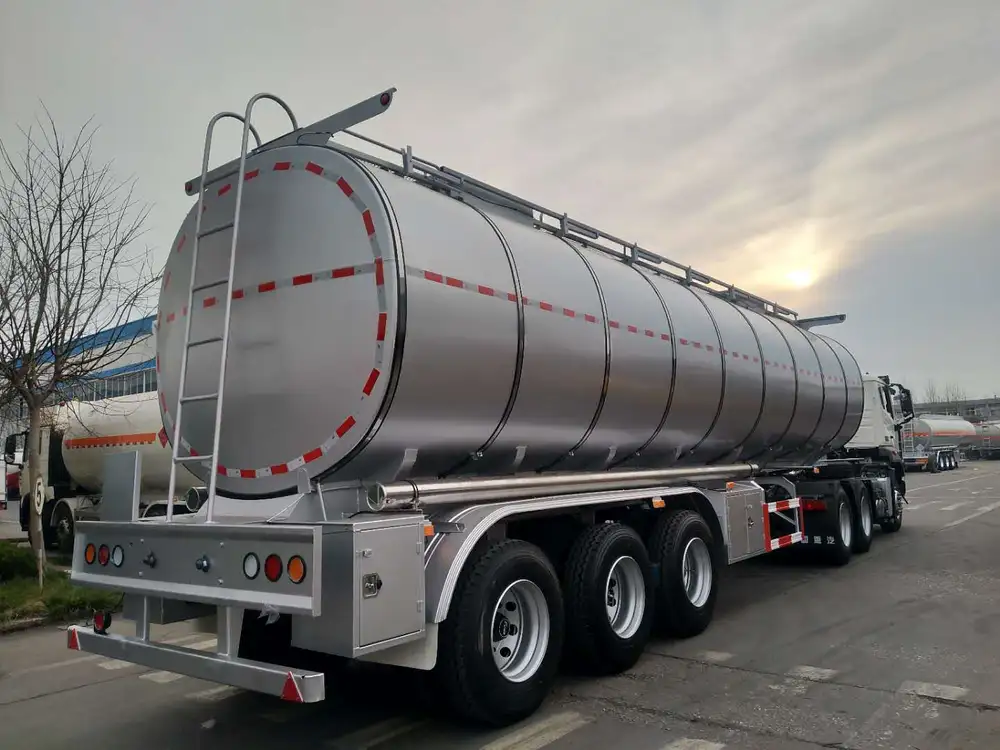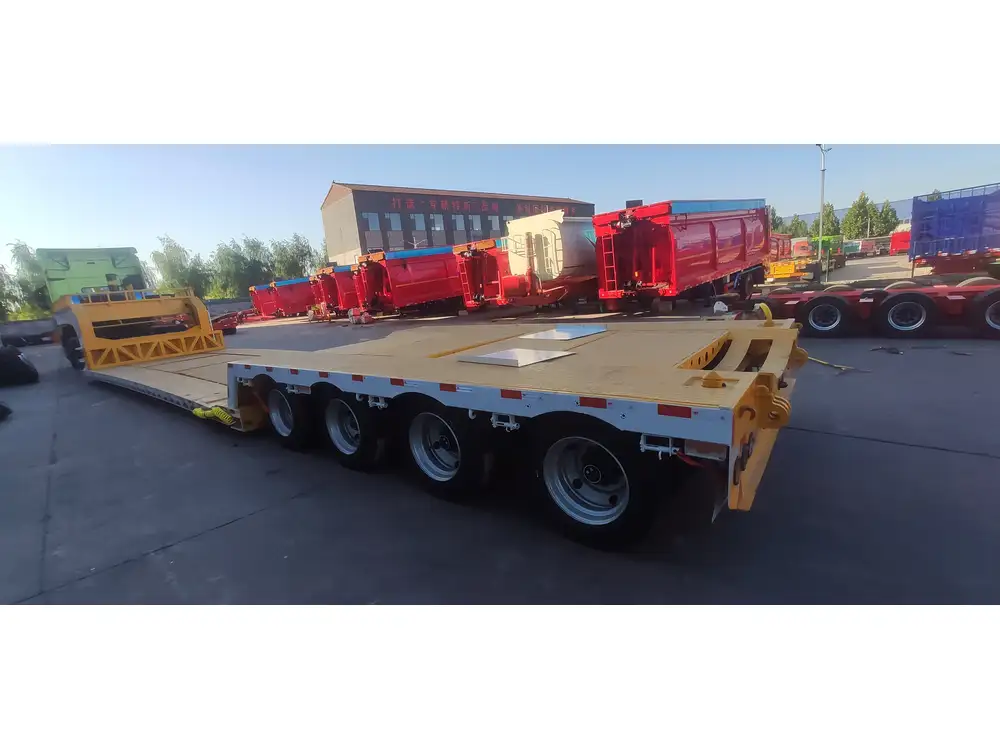When discussing the transportation industry, particularly the logistics of freight hauling, one question frequently arises: how wide is a semi truck without a trailer? Understanding the specifications of a semi truck is crucial for various stakeholders, including manufacturers, logistics companies, drivers, and regulatory agencies. This guide delves into the intricate details of semi truck dimensions, their operational meanings, and regulatory considerations.
Table of Contents
Understanding Semi Truck Dimensions
- Overview of Semi Truck Components
- Definition of Width Without Trailer
Typical Dimensions of Semi Trucks
- Standard Width Measurements
- Variations by Truck Type
Federal and State Regulations
- General Guidelines
- Specific State Regulations
Importance of Width in Logistics
- Impact on Loading and Unloading
- Road Compatibility
Common Misunderstandings
- Contrast with Trailer Dimensions
- Implications for Vehicle Clearance
Conclusion
- Summary of Key Points
- Future Considerations
Understanding Semi Truck Dimensions

Overview of Semi Truck Components
A semi truck, often referred to as a tractor unit, comprises several parts: the cab (where the driver operates the vehicle), the chassis (which supports the truck), and the drivetrain. While the cab and chassis are integral to the truck’s operation, they are typically discussed together when considering width.
Definition of Width Without Trailer
When evaluating the width of a semi truck without a trailer, we’re focusing on the overall width of the tractor unit alone. This dimension excludes any attached trailers, which can significantly alter the vehicle’s overall dimensions. The standard measurement across most manufacturers is critical for understanding how these vehicles interact with infrastructure and regulations.
Typical Dimensions of Semi Trucks

Standard Width Measurements
The general width of a semi truck without a trailer ranges from 96 inches (8 feet) to 102 inches (8.5 feet). This measurement includes the truck’s body but does not include any attachments or extensions that might be present during operation.
| Truck Type | Approximate Width |
|---|---|
| Standard Semi Truck | 96 – 102 inches |
| Extended Cab Models | Up to 108 inches |
| Low-Profile Models | 96 inches |
Variations by Truck Type
Depending on the model and purpose, semi trucks can have variations in width:
- Light-Duty Trucks: These can be narrower, often around 80 inches.
- Heavy-Duty Trucks: Typically fall within the 96-102 inches range, designed for robust performance and stability.
- Specialized Trucks: Units intended for specific functions may vary, especially in width, based on their design for carrying specific loads.
Federal and State Regulations

General Guidelines
Federal regulations set the groundwork for vehicle dimensions on interstate highways. The common width maximum without special permits is 102 inches, allowing for optimal stability and safety across varying terrains.
Specific State Regulations
While federal regulations provide the baseline, many states have their own rules that may impose further restrictions. For instance:
| State | Width Limit (Inches) |
|---|---|
| California | 102 |
| Florida | 102 |
| Texas | 102 |
| Alaska | Up to 108 (with permits) |
These regulations ensure safety while navigating tight spaces and urban areas where infrastructure may not accommodate wider vehicles.
Importance of Width in Logistics

Impact on Loading and Unloading
Understanding the width is crucial for loading scenarios. If a semi truck’s width exceeds common dimensions, loading docks, and facilities may not accommodate the truck, resulting in logistical challenges.
- Wide Trucks: May require wider loading docks or adjustments in maneuvering space.
- Narrow Trucks: Easier access to various loading areas, but may compromise on stability while carrying lighter loads.
Road Compatibility
Width directly influences road compatibility. Truck drivers must be aware of width restrictions on specific roads, particularly in states or municipalities with stringent local regulations.
- Urban Areas: Often have narrower streets and low clearance theft, which may preclude wider trucks from accessing certain locations.
- Rural Roads: May have fewer restrictions, but it’s crucial to assess the physical limitations of the terrain.
Common Misunderstandings

Contrast with Trailer Dimensions
One of the notable confusions is between the dimensions of the truck and those of the trailers. While a semi truck may have a width of 102 inches, an attached trailer can introduce significant additional width:
- Standard Trailer Width: Usually ranges from 96 inches to 102 inches, leading to a combined width that can become imposing on standard roads.
Implications for Vehicle Clearance
A common oversight is the importance of vehicle clearance in relation to width:
- Overpasses and Bridges: Often have height restrictions, and wide loads can complicate the relationship between overall height and width, potentially risking safety.
Conclusion
The question, “How wide is a semi truck without a trailer?” leads us down an intricate road of regulations and specifications that define the functionality and legality of these vehicles. Understanding these dimensions is not just about compliance; it’s about operational efficiency and safety in an industry that thrives on precision.
Through comprehensively analyzing the dimensions, regulatory framework, and real-world implications, one realizes that width considerations extend far beyond mere measurements, impacting every layer of logistics and transportation.

Summary of Key Points
- A standard semi truck width ranges from 96 to 102 inches.
- Regulations vary by state and must be respected to prevent penalties or accidents.
- Width impacts loading capabilities and road compatibility, significantly affecting logistics operations.
Future Considerations
As trucking technology evolves and the demand for freight transportation increases, manufacturers and operators must remain adept at understanding and adapting to changing regulations. Keeping abreast of future trends in vehicle design and regulatory guidelines will be essential for continued success in the transportation sector.
In summary, making informed decisions regarding vehicle dimensions not only enhances operational productivity but also fosters a safer and more efficient logistics environment.



